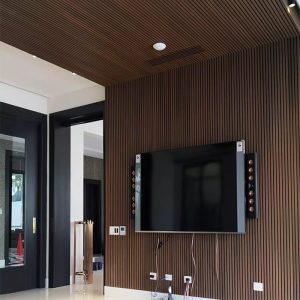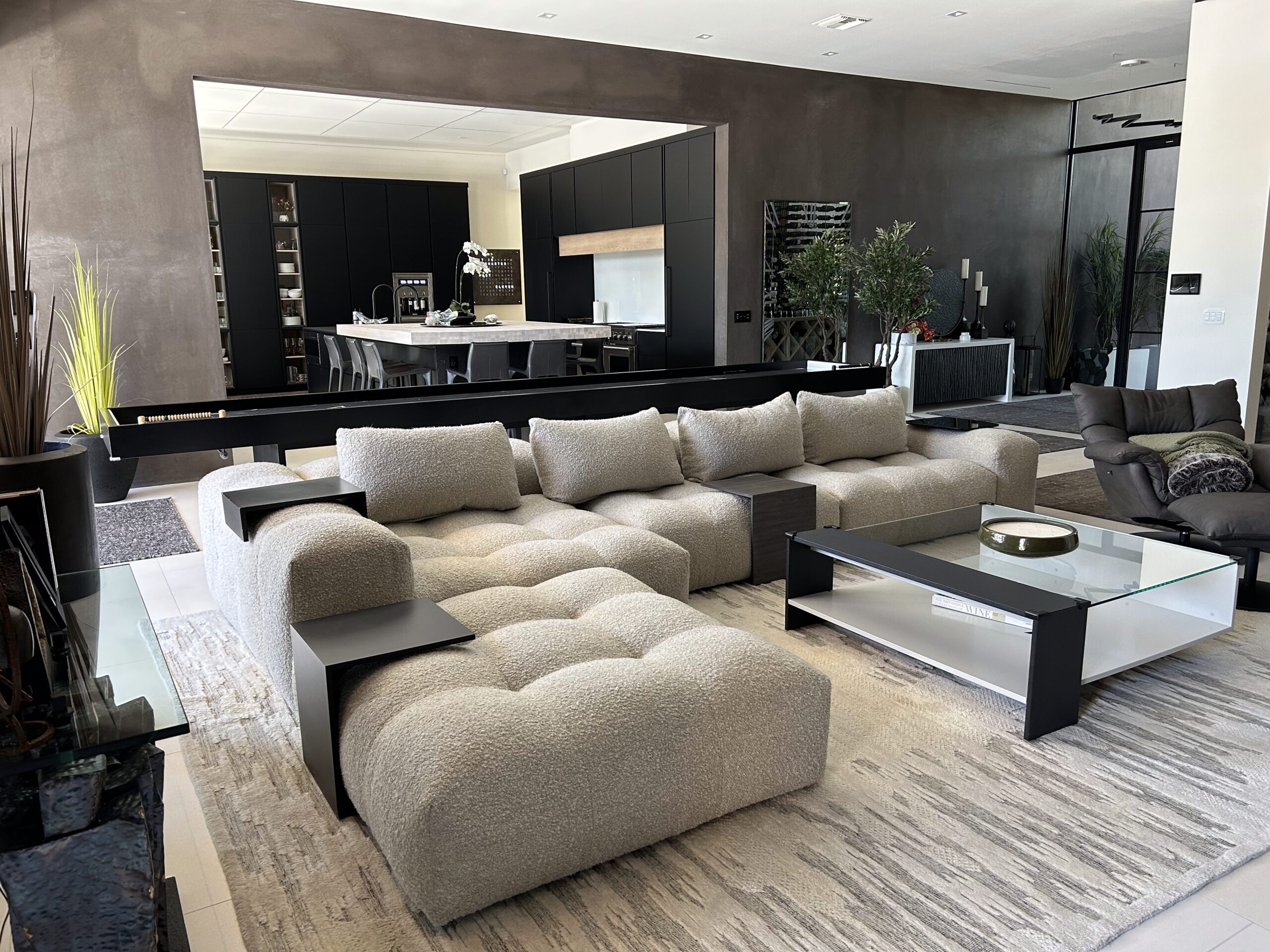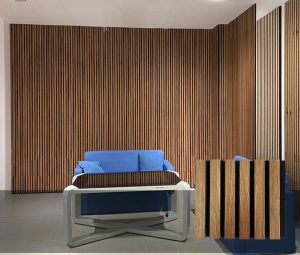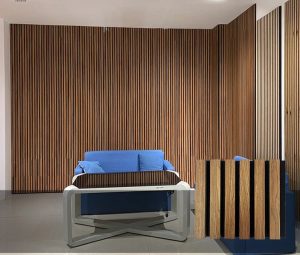
Best Bathroom Wall Surfaces to Elevate Your Space and Ensure Long-Lasting Durability
Selecting the right bathroom wall surfaces is essential for maintaining a clean, beautiful, and moisture-resistant environment. The high humidity levels in bathrooms require materials that can withstand water exposure while contributing to the overall aesthetic. Whether you’re looking to transform your bathroom into a sleek modern retreat or a cozy traditional space, the material you choose for your walls can significantly impact both style and function.
is a great way to enhance the appearance of your bathroom walls.
Why Bathroom Wall Surfaces Matter
When designing your bathroom, the bathroom wall surfaces you choose play a vital role in both practicality and style. Bathrooms are consistently exposed to moisture, and without the right wall covering, the integrity of your space can be compromised. Here’s why it’s so important to make an informed decision:
- Moisture Resistance: Some materials are more resistant to mold and mildew than others.
- Aesthetic Appeal: Your wall surfaces contribute to the mood and overall ambiance of your bathroom.
- Easy Maintenance: Choosing a wall surface that’s easy to clean saves time and effort.
Top Bathroom Wall Surfaces That Combine Function with Style
Explore the best bathroom wall surfaces that not only enhance your bathroom’s beauty but also offer durability and moisture resistance.
1. Vinyl Wallpaper: Stylish, Practical, and Low-Maintenance
Vinyl wallpaper has emerged as a popular choice for modern bathrooms due to its impressive combination of design flexibility and water-resistant properties. With numerous patterns and colors, it’s easy to find a vinyl wallpaper that fits your bathroom’s theme, from minimalist designs to bold, vibrant patterns. Choosing the right
is essential for moisture resistance.
Advantages of Vinyl Wallpaper:
- Waterproof: Protects against high moisture levels.
- Easy to Clean: A quick wipe-down is enough to keep it looking fresh.
- Affordable: More budget-friendly than many traditional wall materials.
- Wide Range of Designs: Offers endless possibilities for customization.
Things to Consider:
- Durability: Although durable, it can be scratched or torn in high-traffic areas.
- Not Ideal for High-Water Zones: May not be the best option for areas exposed to direct water contact like the shower.
2. Ceramic and Porcelain Tile: Timeless Elegance and Durability
Tiles, whether ceramic or porcelain, are classic choices for bathroom wall surfaces. Their durability, water resistance, and timeless appeal make them ideal for wet areas. Available in a wide variety of shapes, sizes, and colors, tiles can help create custom patterns and designs that fit your aesthetic preferences.
Benefits of Ceramic & Porcelain Tile:
- Water-Resistant: Impervious to moisture when sealed properly.
- Long-Lasting: Durable and resistant to damage, offering years of service.
- Variety of Styles: From sleek, modern subway tiles to rustic, hand-painted designs.
- Easy to Clean: A simple wipe-down is enough to maintain cleanliness.
Potential Drawbacks:
- Labor-Intensive Installation: Requires professional installation for the best results.
- Cold and Hard: Tiles can feel cold to the touch and hard underfoot, although this can be mitigated with rugs or underfloor heating.
3. Beadboard: Charm with Moisture Resistance
Beadboard has long been admired for its charming, traditional look. Often used in coastal-inspired or farmhouse-style bathrooms, beadboard is an excellent option for adding texture to your bathroom wall surfaces. When properly sealed and finished with a moisture-resistant paint, it can hold up well against humidity. If you’re after an easy-to-clean solution,
is the perfect choice.
Beadboard Advantages:
- Traditional Aesthetic: Adds a cozy, inviting feel to your bathroom.
- Moisture-Resistant: Works well when sealed to prevent water damage.
- Simple Installation: Available in easy-to-install panels.
Considerations:
- Limited Use in High-Water Areas: Ideal for lower walls or areas not exposed to direct water.
- Requires Maintenance: Periodic painting and sealing may be needed to preserve its appearance.
4. Acrylic and Fiberglass Panels: Practical and Seamless
If you’re looking for a seamless, easy-to-clean option for your bathroom wall surfaces, acrylic and fiberglass panels might be the solution. These panels are commonly used in showers and are extremely resistant to water and mold growth.
Pros of Acrylic and Fiberglass Panels:
- Waterproof: Highly resistant to water damage.
- Seamless: Fewer seams mean fewer opportunities for mold growth.
- Easy to Install: Panels can be installed quickly, making it an efficient option.
Potential Issues:
- Less Design Variety: While functional, these materials might not offer the visual appeal of tile or beadboard.
- Can Scratch: Acrylic and fiberglass can scratch more easily than some other materials.
Frequently Asked Questions About Bathroom Wall Surfaces
1. What’s the Best Material for Shower Walls?
For shower walls, ceramic or porcelain tiles are usually the best options. They’re durable, water-resistant, and come in a variety of designs. Acrylic or fiberglass panels are also excellent choices for a seamless, easy-to-clean solution.
2. How Can I Prevent Mold on My Bathroom Walls?
To prevent mold growth on your bathroom wall surfaces, ensure the material is water-resistant and well-sealed. Use a bathroom fan to reduce moisture and wipe down walls regularly to avoid buildup.
3. Can I Use Wallpaper in a High-Humidity Bathroom?
While vinyl wallpaper is moisture-resistant, it’s not recommended for areas that come into direct contact with water, such as near the shower. However, it works great in dry areas of the bathroom like walls near the sink.
4. Is Tile or Beadboard Better for Bathroom Walls?
Tiles are generally better for areas with direct water exposure, like around the shower or tub, as they offer excellent waterproofing. Beadboard is better for adding a traditional look to lower walls but should be treated with moisture-resistant finishes to prevent water damage.
Conclusion
Choosing the right bathroom wall surfaces is crucial for both the aesthetics and functionality of your bathroom. Materials like vinyl wallpaper, ceramic tile, beadboard, and acrylic panels each offer unique advantages, so it’s important to choose one that fits your design and maintenance needs. Whether you’re looking for a traditional, modern, or low-maintenance option, the right wall surface can transform your bathroom into a stylish and durable space. Make sure to consider moisture resistance, ease of cleaning, and installation when making your choice.






